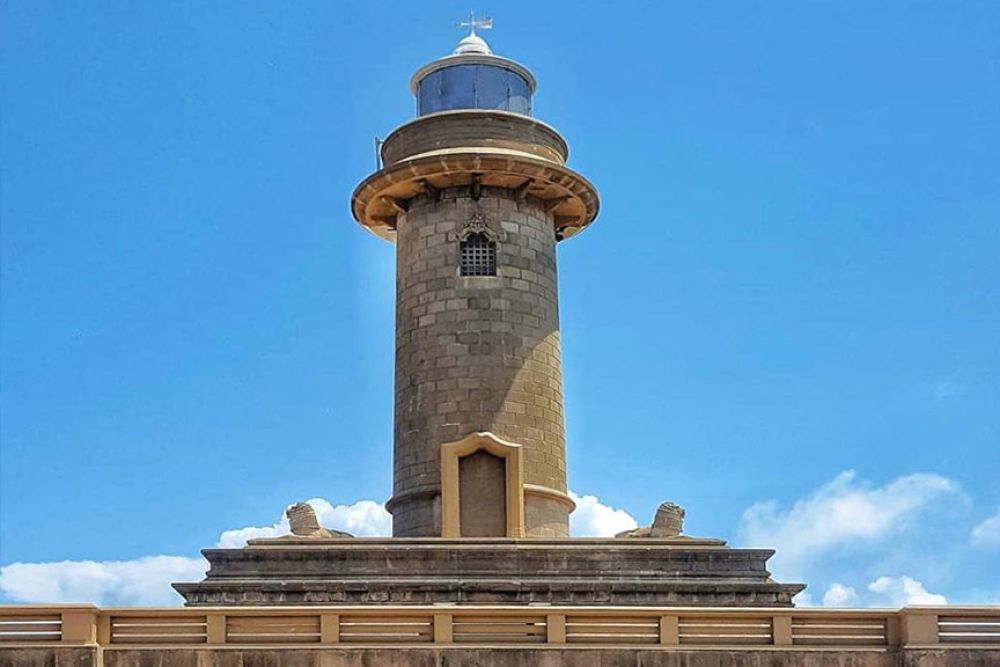

Colombo, the bustling capital city of Sri Lanka, is a melting pot of cultures, histories, and traditions. Among its notable landmarks is the Colombo Lighthouse, which has stood as a guiding beacon for mariners since the colonial era. The history of tourism in Colombo, and at the Lighthouse specifically, is reflective of Sri Lanka's allure as a tropical paradise and its strategic maritime location.
The original Colombo Lighthouse was built in 1865 during the British colonial period when Sri Lanka was known as Ceylon. Strategically located at the entrance to Colombo Harbour, it was an essential navigation aid for ships approaching the busy port. However, the first lighthouse was deactivated in 1952 when its light became obscured by nearby buildings.
The current Colombo Lighthouse, which was established in 1952, stands at the Galbokka Point in the Fort district of Colombo. This new tower, although no longer functioning as a lighthouse since 1999, continues to hold significant historical and architectural value.
Tourism in Colombo has evolved significantly over the years. Following independence in 1948, Sri Lanka gradually started becoming a sought-after destination for international tourists, attracted by its stunning beaches, the hospitality of its people, and its rich cultural heritage. The Colombo Lighthouse became a point of interest for those visiting the capital city, interested in its maritime history and panoramic views of the Indian Ocean.
While the lighthouse itself is not open to the public due to security reasons, as it is situated within the Sri Lanka Navy base, its surroundings are a pleasant spot for locals and tourists alike. The area around the lighthouse offers a serene atmosphere for evening walks, with the backdrop of a historic monument and the sea.
In recent years, there has been a shift in tourism trends in Colombo and throughout Sri Lanka. Tourism authorities have been promoting eco-tourism and sustainable travel practices, ensuring that the natural and cultural beauty of the country is preserved for future generations. Visitors are increasingly seeking authentic experiences, interactive cultural encounters, and opportunities to contribute to local communities.
Culinary tourism has also seen a rise, with travelers eager to explore the flavors of traditional Sri Lankan cuisine. Colombo's diverse food scene—from street vendors to high-end restaurants—allows visitors to savor a variety of dishes that reflect the island's multi-ethnic heritage.
With the advent of digital technology, there has been an emphasis on enhancing the tourist experience using mobile apps and online platforms that provide easy access to information on sites like the Colombo Lighthouse, along with travel tips and itineraries.
In conclusion, the Coloon Lighthouse is a symbol of Sri Lanka’s vibrant history and its long-standing relationship with the sea. While the historical monument itself stands as a silent guardian of the past, the surrounding area continues to draw tourists with its scenic beauty and tranquil allure. As tourism trends evolve, Colombo and its lighthouse remain as key attractions, inviting visitors to explore the rich tapestry of Sri Lanka's capital.